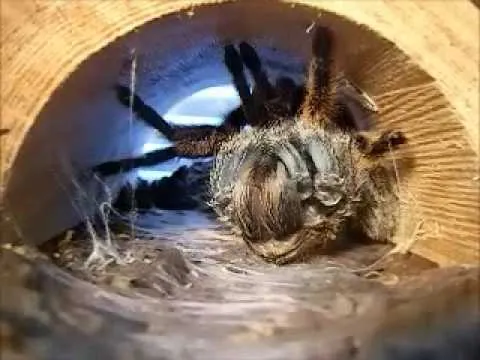What is Tarantula Molting
Tarantula molting, also known as ecdysis, is a fascinating and essential process for these amazing arachnids. It’s the way a tarantula grows and sheds its old exoskeleton. Unlike mammals, tarantulas have an external skeleton made of chitin, a tough, protective material. As a tarantula grows, this exoskeleton becomes too small, which triggers the molting process. This is when the tarantula creates a new, larger exoskeleton underneath the old one. Molting is not just about growth; it’s also the tarantula’s way of getting rid of parasites, regenerating lost limbs, and refreshing its sensory organs. The entire process can take anywhere from a few minutes to several hours or even days, depending on the tarantula’s size, age, and environmental conditions.
The Molting Process Explained
The molting process is a complex series of events. Initially, the tarantula stops eating and may become lethargic. It will then secrete enzymes that dissolve the connection between its old exoskeleton and the new one forming underneath. The tarantula will position itself on its back, using hemolymph pressure to crack open the old exoskeleton. It then slowly wriggles out of its old skin. The tarantula’s new exoskeleton is soft and vulnerable at this stage, offering no protection. After molting, the tarantula will pump fluids into its new exoskeleton to stretch it and allow it to grow to its full size. This stretching process also allows the tarantula to regenerate lost limbs. The whole process is a display of biological marvel, and it’s one of the main reasons many people are interested in watching tarantula molting videos on YouTube.
Signs a Tarantula is About to Molt
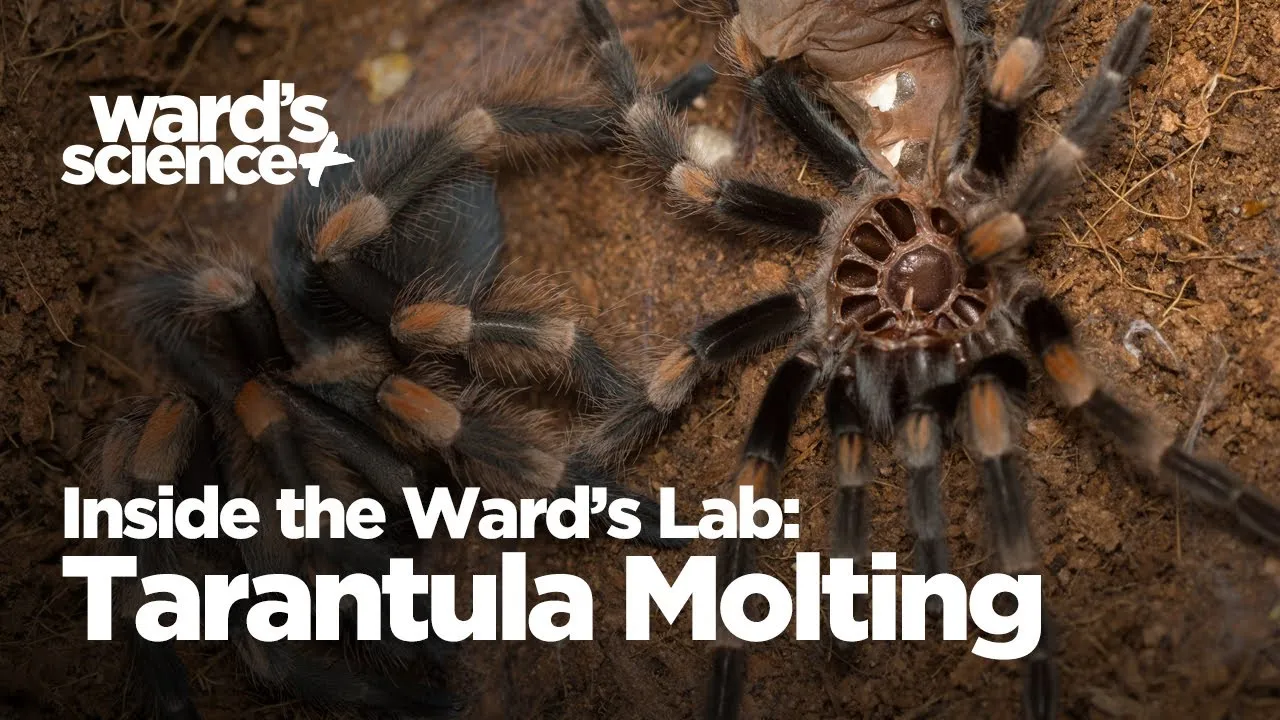
Identifying when a tarantula is about to molt is vital for ensuring its safety and well-being. Several indicators suggest the molting process is imminent. One of the most common signs is a change in the tarantula’s behavior. It will often become less active, refusing food and spending more time in its hide. The abdomen of the tarantula may appear darker, almost black, as the new exoskeleton forms. Additionally, you might notice the tarantula creating a web mat or a silk bed, providing a safe space for the molt. The tarantula’s abdomen might also look swollen or plump. When you spot these signs, it’s crucial to avoid disturbing the tarantula and provide a humid and safe environment, as it will be extremely vulnerable. Careful observation and understanding these signals can help you prepare and witness this incredible natural process.
Why Watch Tarantula Molting on YouTube
YouTube has become a hub for nature enthusiasts, and tarantula molting videos are a popular subject. Watching these videos provides a unique opportunity to learn about the fascinating lives of tarantulas. The process, which often takes place in the privacy of the tarantula’s enclosure, is rarely seen by the average person. YouTube videos offer a front-row seat to witness this amazing phenomenon without disturbing the animal. Many videos are educational, offering detailed explanations of the molting process, the different stages, and the tarantula’s biology. Moreover, these videos often feature different species of tarantulas, allowing viewers to compare molting behaviors and sizes. Many channels dedicated to tarantulas and other exotic pets offer insights into their care, behavior, and natural history. This combination of education and visual appeal makes watching tarantula molting videos on YouTube a very rewarding experience.
Educational and Entertaining Content
Tarantula molting videos are not just entertainment; they provide a wealth of educational content. Many videos include voiceovers or on-screen text, explaining the steps of the molting process, the anatomy of the tarantula, and the reasons behind its behavior. Some creators provide scientific explanations, breaking down complex biological processes into easy-to-understand terms. This is an excellent opportunity for anyone who is interested in biology or arachnids to learn something new. Furthermore, the videos often feature different species of tarantulas, showing off variations in their appearance and molting behaviors. Some videos also document the care and feeding of tarantulas, giving insights into proper pet ownership and providing additional educational value for potential or current owners. These educational elements, combined with the inherent visual appeal of the molting process, create a captivating viewing experience.
Community and Shared Experiences
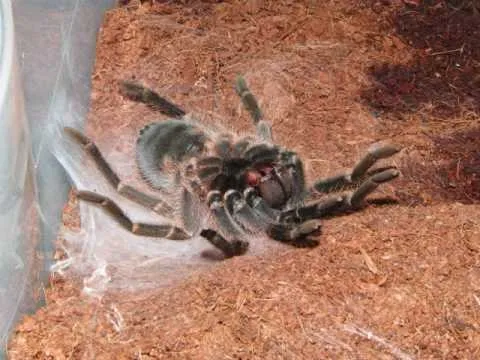
YouTube creates a platform for enthusiasts to share their experiences and connect with each other. Many viewers leave comments, sharing their observations, asking questions, and praising the videos. Creators often interact with viewers, answering questions and providing more information. This sense of community makes watching tarantula molting videos a social experience. People with a common interest can learn from each other and celebrate the wonders of nature together. The videos often feature close-up shots of the molting process, creating a sense of intimacy. Sharing the experience through comments and discussions strengthens the bonds between enthusiasts and makes them feel like they’re a part of something bigger. This collaborative environment adds a layer of depth and excitement to the viewing experience.
Top 7 Tarantula Molting Videos on YouTube
Video 1 Title
A visually stunning, high-definition video showcasing the entire molting process of a vibrant species. The video includes detailed annotations explaining each stage, providing a comprehensive understanding of the process.
Video 2 Title
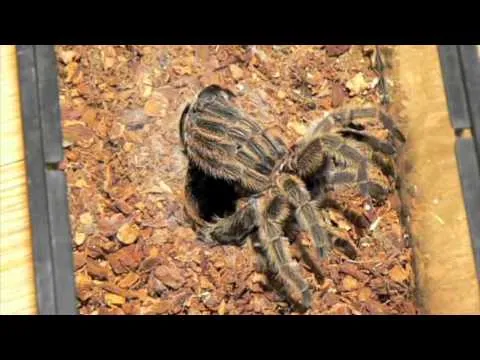
A time-lapse video capturing a tarantula molting over a couple of days. This is particularly helpful for those who want to see the complete transformation condensed into a manageable time frame.
Video 3 Title
A comparison video showcasing the molting of multiple tarantula species. This is excellent for highlighting differences in the process and understanding how various species react.
Video 4 Title
A beginner’s guide to tarantula molting, including tips on how to provide a safe environment and what to expect during the process. It is very helpful for new pet owners.
Video 5 Title
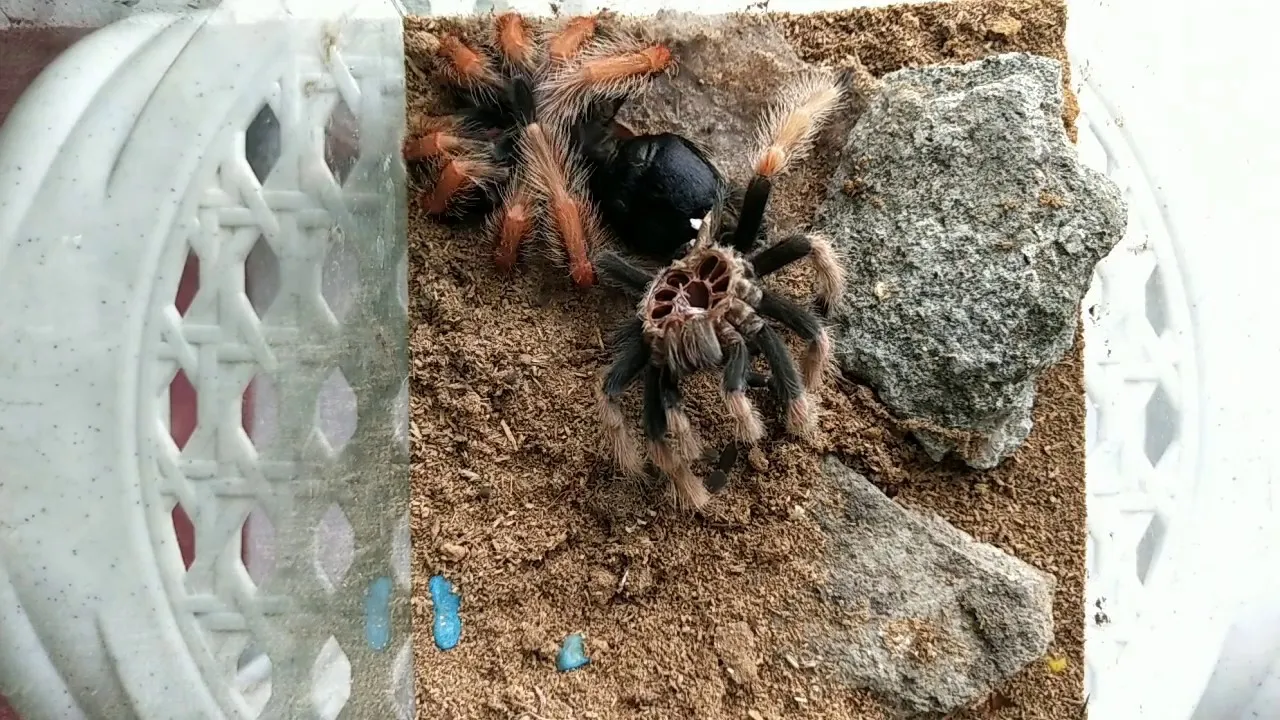
A video featuring a tarantula molting after a limb loss. This allows the viewers to see regeneration in action and highlights the resiliency of tarantulas.
Video 6 Title
A video focusing on a rare molting event. It offers a unique perspective on tarantula behavior and is great for experienced hobbyists.
Video 7 Title
A video with excellent close-up shots of the molting process, showing the intricacies of the new exoskeleton and the tarantula’s transformation. It’s a good option for anyone looking for an intimate look at molting.
Tips for Watching Tarantula Molting Videos
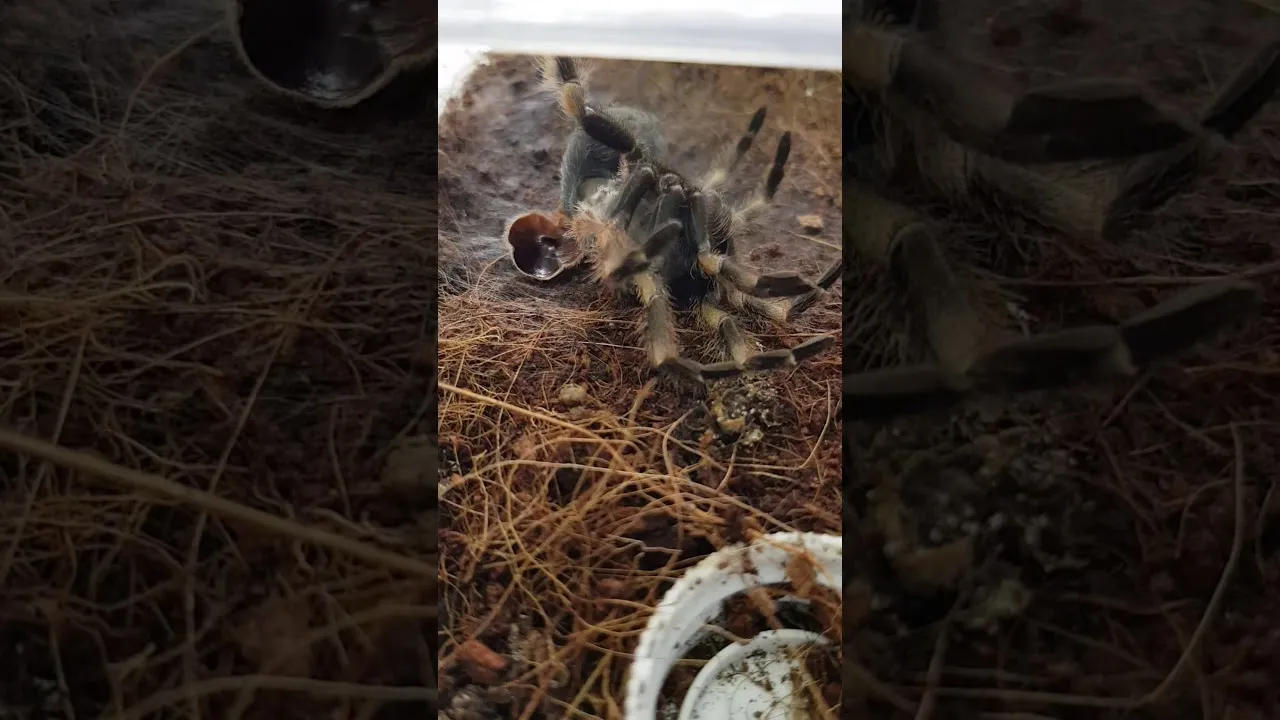
Understanding Tarantula Behavior
When watching tarantula molting videos, understanding the tarantula’s behavior is important. Learn to recognize the signs of an impending molt, such as loss of appetite, lethargy, and the creation of a silk mat. This allows you to appreciate the significance of each stage of the process and to anticipate the next steps. It is also good to understand that tarantulas can be stressed by external factors, so it’s important to find videos created by responsible creators who prioritize animal well-being. Learn about the different species and their specific behaviors to gain a more comprehensive view of this incredible process. By understanding the tarantula’s behavior, you can be a more educated viewer and appreciate the complexity of their lives.
Respecting the Process
Watching tarantula molting videos is a privilege, and it is important to respect the natural process. Avoid sharing videos that might cause distress to the animal. Recognize that the tarantula is vulnerable during molting. Remember that the process is a natural biological function and not a performance for your entertainment. Approach the content with respect and appreciation for the animal’s well-being, appreciating the marvel of nature. This mindful attitude enhances the viewing experience and helps you appreciate the delicate balance of the tarantula’s world.
Where to Find More Tarantula Content
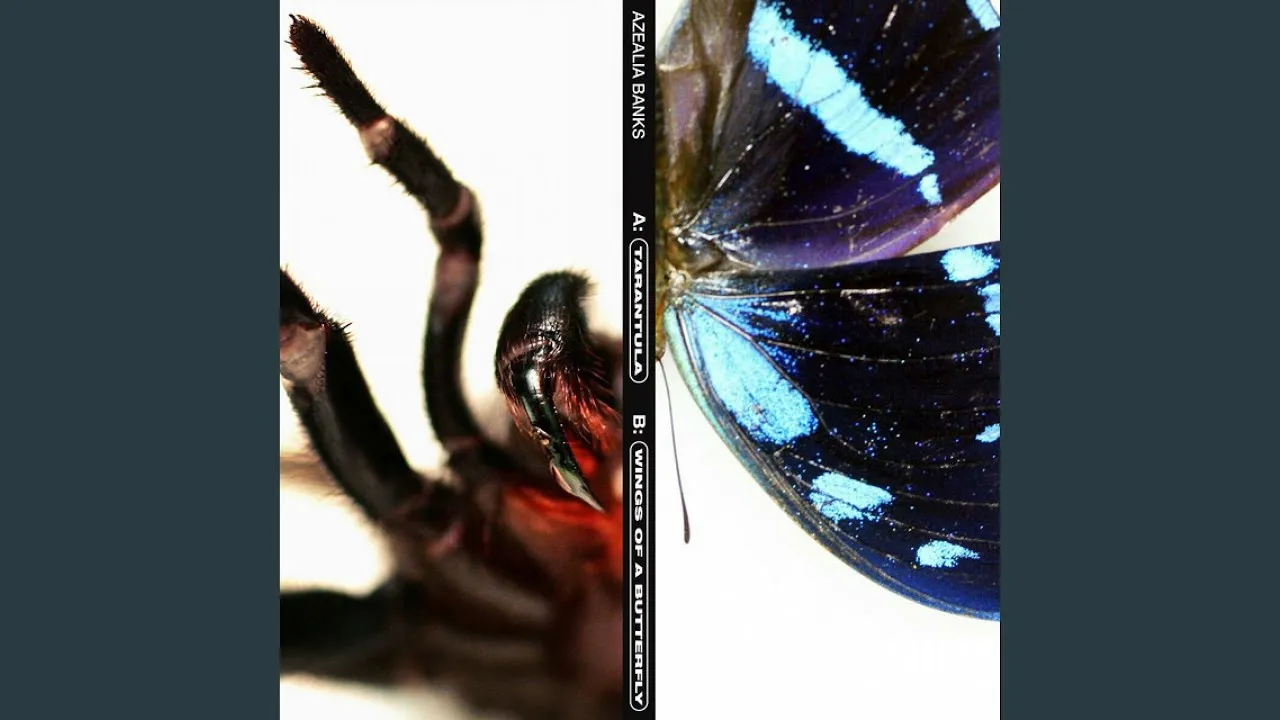
If you are interested in learning more about tarantulas, YouTube offers more resources. Many channels provide detailed information on tarantula care, feeding, and breeding. You can find tutorials on creating the perfect habitat, identifying different species, and preventing common health issues. Online forums and dedicated websites are great for getting help and tips. There are many opportunities to expand your knowledge. The tarantula community thrives on sharing information, and you can connect with other enthusiasts. With a vast array of video content, you are always just a click away from your next learning experience.
